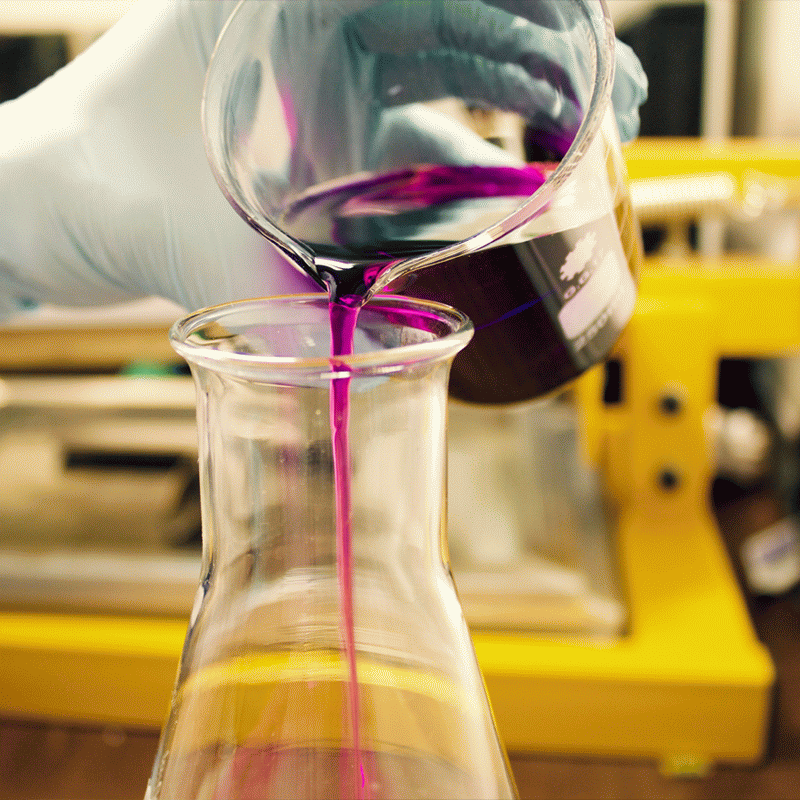-
Categories
-
Pharmaceutical Intermediates
-
Active Pharmaceutical Ingredients
-
Food Additives
- Industrial Coatings
- Agrochemicals
- Dyes and Pigments
- Surfactant
- Flavors and Fragrances
- Chemical Reagents
- Catalyst and Auxiliary
- Natural Products
- Inorganic Chemistry
-
Organic Chemistry
-
Biochemical Engineering
- Analytical Chemistry
-
Cosmetic Ingredient
- Water Treatment Chemical
-
Pharmaceutical Intermediates
Promotion
ECHEMI Mall
Wholesale
Weekly Price
Exhibition
News
-
Trade Service
(9-(4-Bromophenyl))-9H-Carbazole: An Important Intermediate in the Chemical Industry
(9-(4-Bromophenyl))-9H-Carbazole, commonly referred to as BPC, is an important intermediate in the chemical industry.
It is widely used as a raw material in the production of various chemicals, pharmaceuticals, and materials.
The chemical structure of BPC is shown below:
BPC is a yellow or orange solid that is slightly soluble in water but soluble in organic solvents.
It has a distinctive odor and is slightly soluble in water but soluble in organic solvents.
It has a distinctive odor and is commonly used as a raw material in the production of various chemicals, pharmaceuticals, and materials.
One of the primary applications of BPC is in the production of dyes.
It is used as a precursor in the synthesis of a variety of azo dyes, which are widely used in the textile industry.
The azo dyes synthesized from BPC are known for their excellent fastness properties, such as lightfastness, persistence, and color index.
BPC is also used in the production of pharmaceuticals.
It is a precursor in the synthesis of certain antihistamines, anti-inflammatory drugs, and anticancer agents.
The antihistamines synthesized from BPC are effective in the treatment of allergy symptoms, while the anti-inflammatory drugs are used to relieve pain and reduce inflammation.
The anticancer agents synthesized from BPC are being studied for their potential in the treatment of cancer.
Another application of BPC is in the production of materials.
It is used as a building block in the synthesis of polymers and copolymers that are used in a variety of applications, including adhesives, coatings, and plastics.
The polymers and copolymers synthesized from BPC are known for their excellent properties, such as strength, durability, and flexibility.
The production of BPC involves several steps, including bromination, diazotization,nitration and condensation.
The bromination step involves the addition of bromine to phenol, which results in the formation of 4-bromophenol.
The diazotization step involves the addition of nitrite and hydrochloric acid to 4-bromophenol, which results in the formation of 4-bromophenyl azide.
The nitration step involves the addition of nitric acid to 4-bromophenyl azide, which results in the formation of 4-nitrophenyl azide.
Finally, the condensation step involves the condensation of two molecules of 4-nitrophenyl azide, which results in the formation of BPC.
The production of BPC is a complex process that requires careful control and monitoring to ensure the quality of the final product.
The process also requires the use of specialized equipment and chemicals, and must be performed in a controlled environment to minimize the risk






